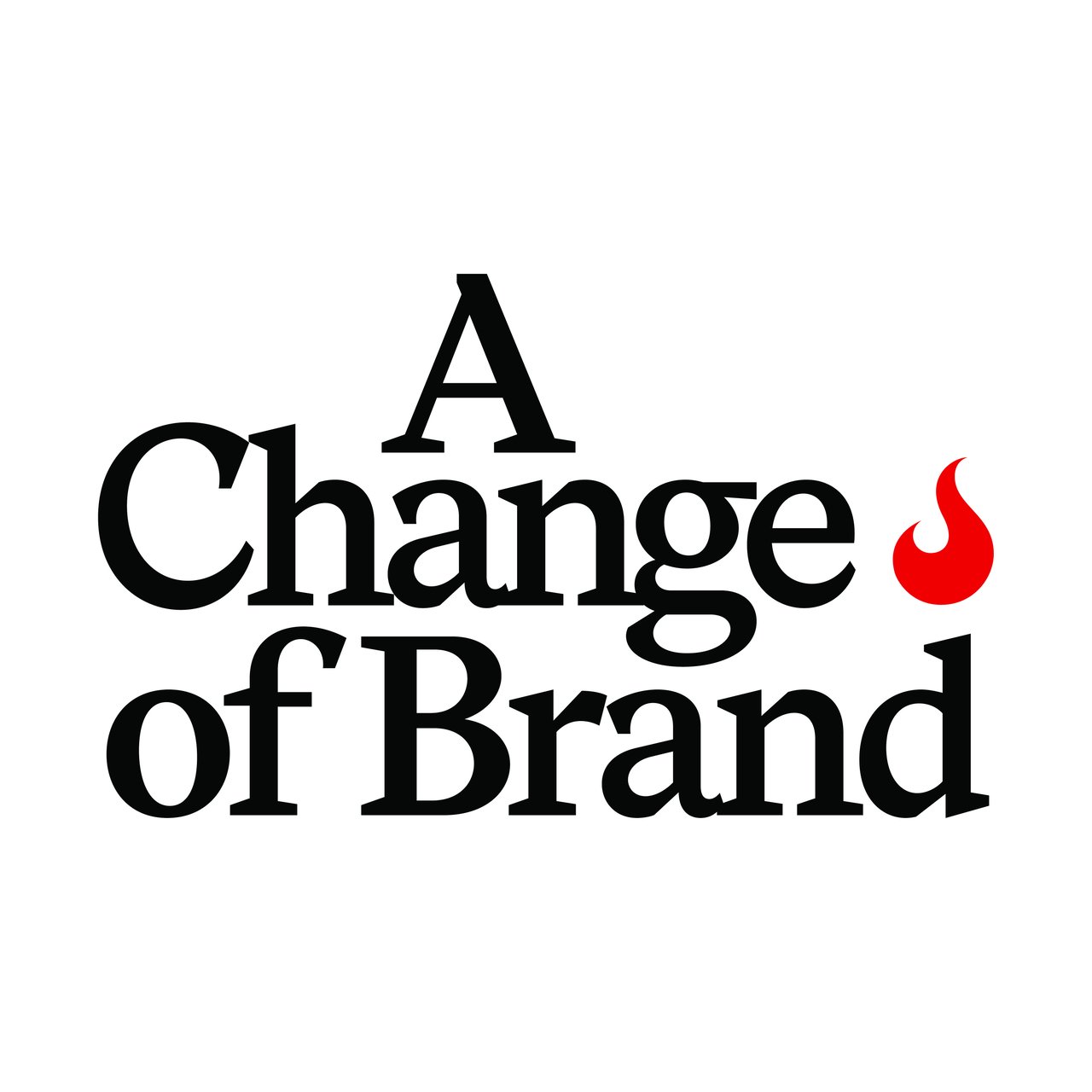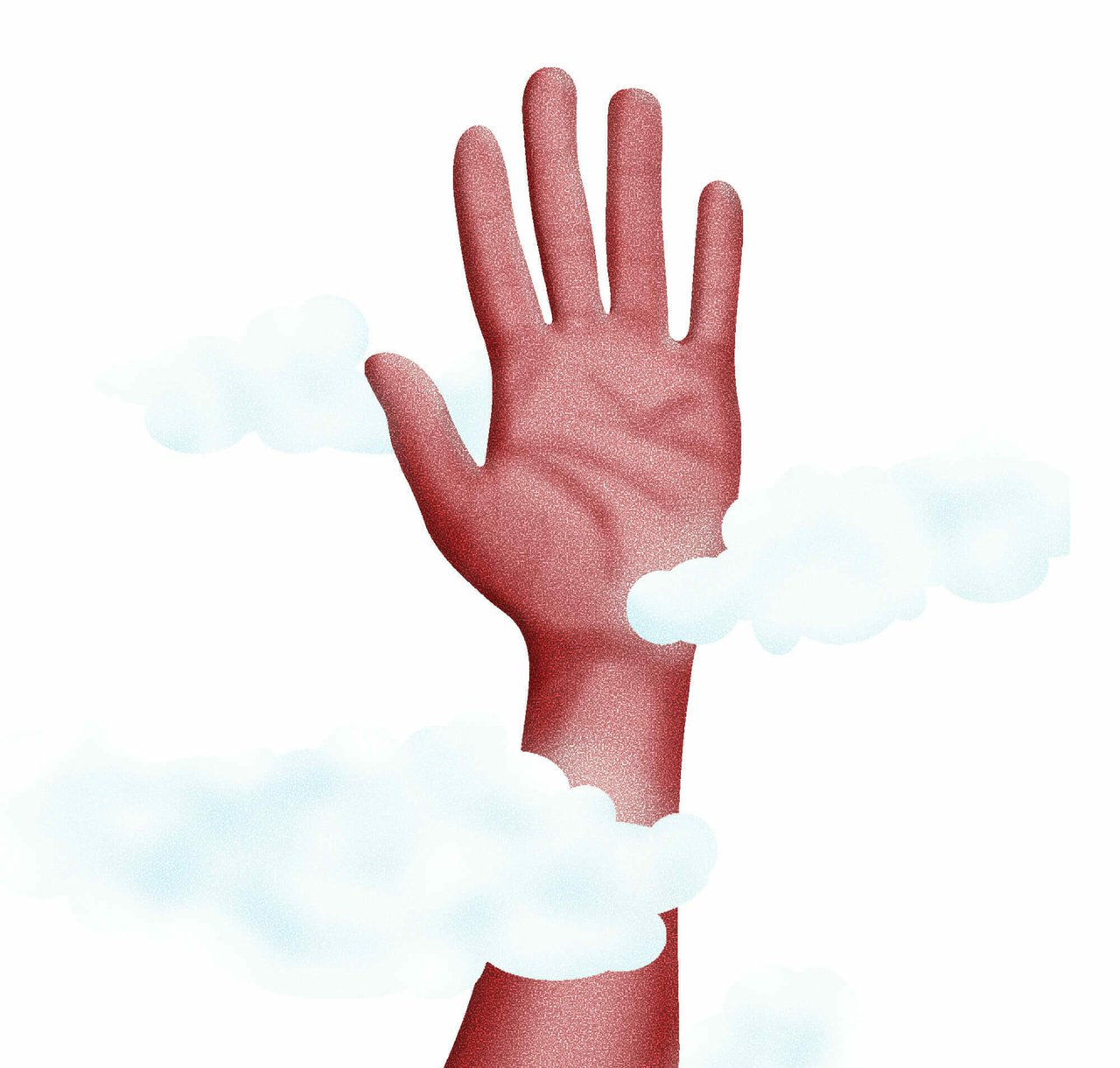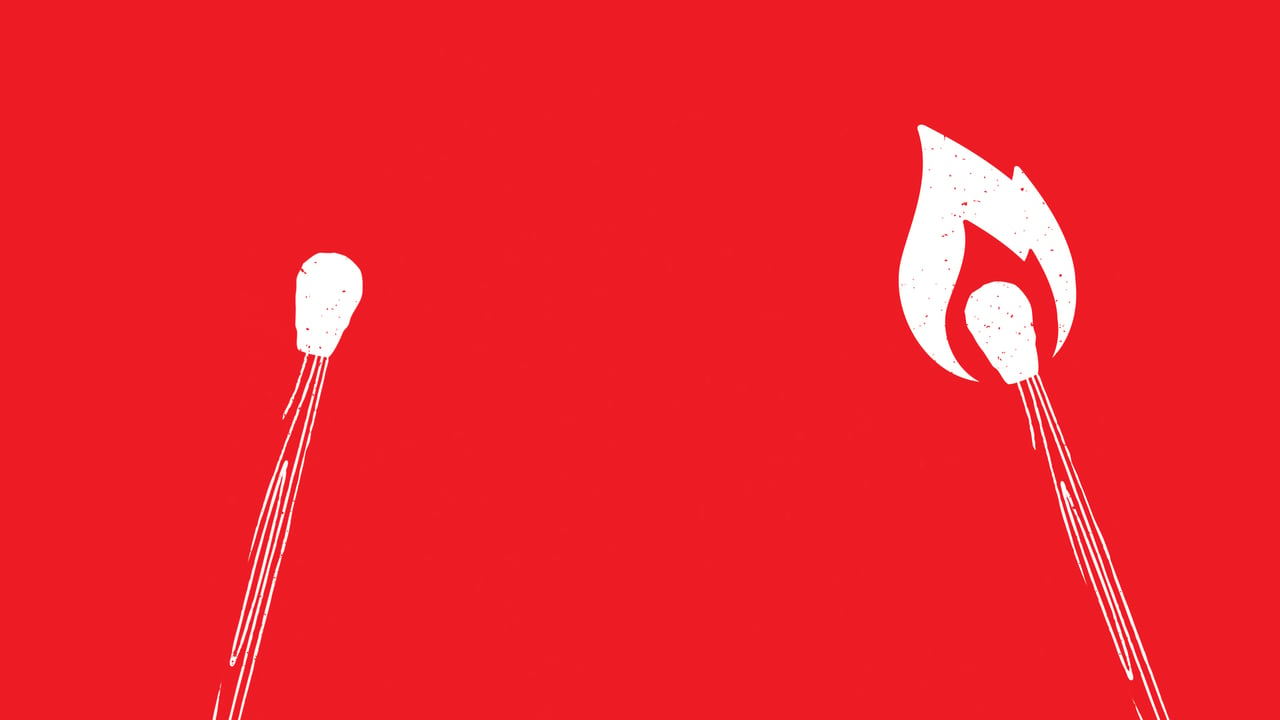People love logos. Since the Gap and Tropicana brand fails of 2010, social posts and national headlines abound with stories of big consumer rebrands.
Can you believe the new Johnson and Johnson logo? Did you see what Elon did to Twitter? I can’t believe EA Sports dropped “FIFA” from the name of their best-selling video game.
Analyzing any brand change is great, but the better question is, how did they do it?
Answering that question has been the driving force behind all five seasons of A Change of Brand. As this fifth season launches, new insights from a host of successful rebrand stories have emerged. Here are three that you can’t miss.
There's more than one way to win
The value of a good creative process is undeniable, especially when it comes to branding. It is often the difference between success and failure. However, this season proves that there is no one way to go about it. Some brand refreshes are so urgent they rush through it in days, while others, like Pepsi, are 13 years in the making.
Typically, I advise clients to keep a tight rein on the stakeholder group involved in a project. With more people come more opinions, which tend to slow down timelines and water down the outcome. Most practitioners we have on the podcast would agree. However, Deanna German, Creative Director at Koto, successfully navigated a transparent and open process during the Glassdoor project. They shared early visual directions and concepts with the Glassdoor community and managed to navigate a plethora of subjective feedback.
Contrast the open design process with the extremely closed-loop madness of Twitter becoming X. Elon broke all the norms. Ruffled all the feathers. Yet, here we are embracing this replacement. The X symbol now adorns most website footers across the World Wide Web. So, who is to say Musk got it wrong? (Well, Tracy Clark and I do debate the merits of the change quite intensely in Episode 8 this season.)
There are varying degrees of change
The goals for the Reddit refresh were very different from those Elon Musk had in mind for Twitter when transforming the brand into X. There is a spectrum of change to consider for brand projects.
On one side of that spectrum, you have evolutionary change. This is when brands want to retain their existing equity but suggest some modernization or introduce new, more relevant assets. Logos, core colors, and messaging typically remain relatively the same, but fonts, secondary colors, and the overall look and feel are game.
Episodes on LG, the U.S. Army, Johnson & Johnson, Reddit, and Pepsi fall into this category.
On the other end, you have revolutionary change. This is where brands need to signal a massive shift, distancing themselves from the past or kick-starting them towards a new future. Like a caterpillar morphing into a butterfly, the brand sheds past equity to rewrite its story. Logos, names, core colors, etc., are all up for grabs.
Episodes on Eddie Bauer, Rise Cannabis, X, and EA Sports FC fall into this category.
Formula One and Glassdoor straddle somewhere in the middle. New logos were introduced, but core colors remained.
The takeaway? Every brand's age and stage are different. Wholesale change isn’t the point. Remaining relevant, top of mind, and distinct is.
The unsung heroes make the difference
Senior-level agency people make for great podcast guests. They know how to tell stories, give good sound bites, and are motivated to be on an industry-leading show. However, most times they are not the hero of the story. On the brand side, there is a person who navigates extreme politics, budgets, timelines, feedback, and decision-making. This corporate conqueror, often a Marketing Director, CMO, Creative Director, or VP of Design, leads the charge to get the project funded, the agency hired, and is accountable for the final results.
After 50+ episodes (and 20 years of my own first-hand experience), I can tell you the internal leader who carried the weight of the change does not get celebrated enough. In a previous article, we found that strong, decisive, and engaged leaders saw ROI in all key areas we measured (Brand Awareness, Brand Exposure/Visibility, Brand Understanding, Internal Buy-In, Internal Usability, and Brand Loyalty) after their rebranding effort.
If you are a brand leader in the trenches, fighting for time, budget, and significance, this season is dedicated to you. I hope the lessons of others inspire you to become courageous, convicted, and committed to your brand.
Listen to Season 5, out now.






